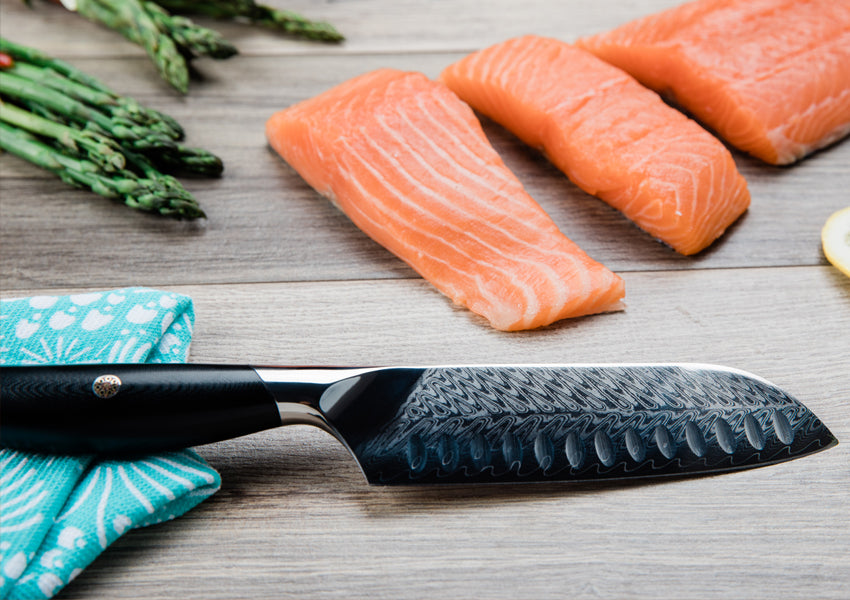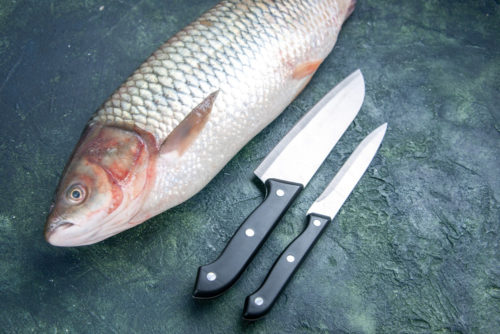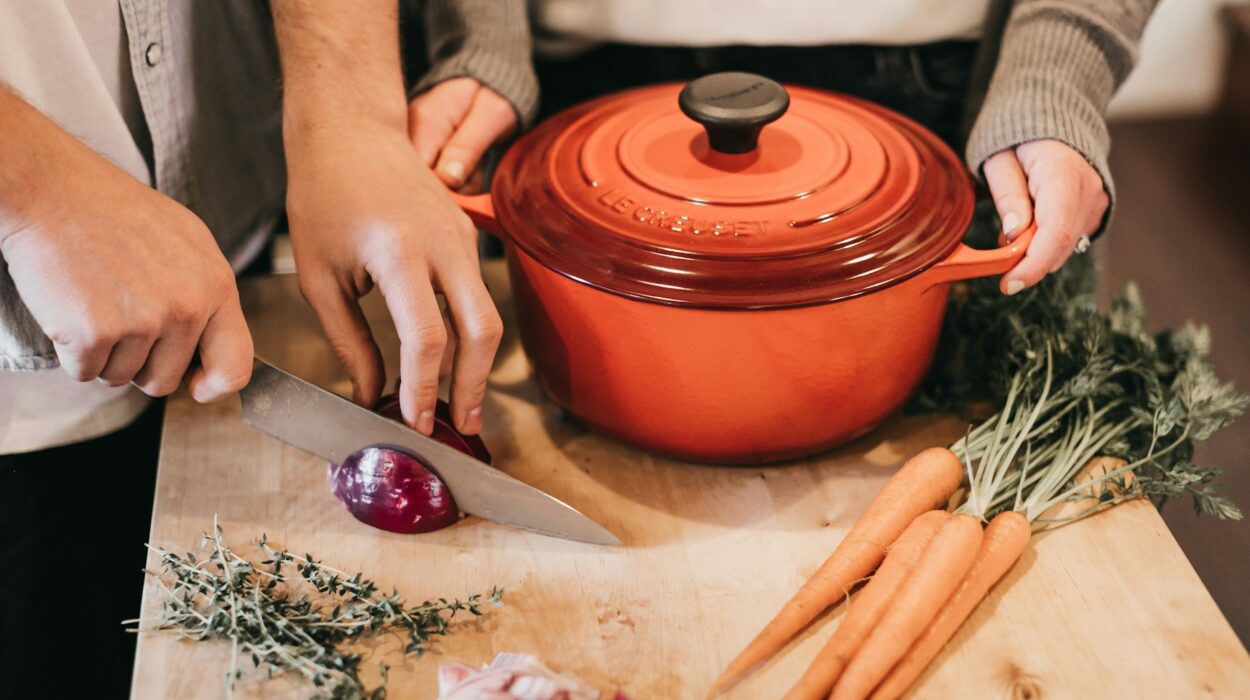The need to understand how to clean a knife blade is essential for every kitchen enthusiast, whether you’re a professional chef or a home cook. A clean knife not only ensures your safety but also ensures the longevity and effectiveness of the blade. In this comprehensive guide, we will delve into the techniques, tools, and steps to achieve a perfectly clean knife blade, a vital skill to master for your kitchen endeavors.
Maintaining a clean blade not only improves hygiene but also enhances the knife’s performance. In the following sections, you’ll discover the methods and technologies that make this task efficient and easy. Let’s get started!

Section I: Understanding the Importance of Cleaning Your Knife Blade
Hygiene and Safety
Your kitchen blades come into direct contact with the food you consume, making hygiene a top priority. A dirty blade can become a breeding ground for bacteria, which can cause foodborne illnesses. Keeping your blades clean ensures that you cook safe and healthy meals for your family.
Prolonging Blade Life
A clean blade resists corrosion and rust, significantly prolonging its life span. Regular cleaning prevents buildup of grime and particles that can dull the blade, preserving its sharpness and efficiency over time.

Section II: Essential Tools for Cleaning Knife Blades
Cleaning Agents
Not all cleaning agents are created equal. For stainless steel blades, a mild dish soap and warm water are generally sufficient. For carbon steel blades, specialized cleaners can help prevent rust.
Cleaning Brushes
Soft-bristled brushes are ideal for getting into grooves and removing stubborn food particles without scratching the surface of the blade. Always opt for brushes specifically designed for cleaning knives to avoid damage.
Microfiber Cloths
A microfiber cloth is an excellent tool for wiping down your knife blade after washing. It’s gentle yet effective and doesnt leave behind lint or scratches.

Section III: Step-by-Step Guide on How to Clean a Knife Blade
Step 1: Immediate Rinse
Right after using your knife, rinse it under warm running water. This prevents food particles from drying and sticking to the blade, making the cleaning process easier later on.
Step 2: Gentle Scrubbing
Using your soft-bristled brush and a few drops of dish soap, gently scrub both sides of the blade. Pay extra attention to the area near the handle where residue often accumulates.
Step 3: Rinse and Inspect
After scrubbing, rinse the blade thoroughly under warm water. Inspect it to ensure all food particles and soap are removed.
Step 4: Dry Thoroughly
Using a clean microfiber cloth, carefully dry the blade. Make sure to dry the knife thoroughly to prevent any moisture from causing rust or corrosion.
Step 5: Store Properly
Once your knife blade is clean and dry, store it in a knife block or magnetic holder. Never store a wet or dirty knife as this can lead to corrosion.

Section IV: Advanced Cleaning Techniques
Removing Rust Stains
For rust stains, a paste made from baking soda and water can work wonders. Apply the paste to the rust spots, let it sit for a few minutes, and then scrub gently with your cleaning brush.
Polishing the Blade
Polishing can restore the shine and smoothness of your blade. Specialized knife polish or a mixture of vinegar and water can be used. Apply the polish, let it sit, and then wipe it off with a microfiber cloth.
Section V: Tips for Keeping Your Knife in Top Condition
Regular Maintenance
Regularly hone and sharpen your knives to maintain their performance. Sharp blades are safer and more efficient to use.
Learn more about sharpening and maintaining different types of knives, such as chef knives and fillet knives for comprehensive maintenance tips.
Avoiding Dishwasher Damage
Never put your knives in the dishwasher. The harsh detergents and high temperatures can damage the blade and the handle. Always hand-wash your knives to preserve their quality.
Proper Storage
Store your knives in a designated knife block or magnetic holder. This prevents the edges from getting chipped or dulled by contact with other utensils.
Section VI: Frequently Asked Questions (FAQ)
How often should I clean my knife blade?
Its recommended to clean your knife blade immediately after each use to maintain its hygiene and performance.
Can I use a regular sponge to clean my knife blade?
While you can use a regular sponge, a soft-bristled brush designed for knives is more effective and less likely to cause scratches.
Is it safe to use bleach on my knife blade?
Bleach is too harsh for knife blades and can cause corrosion. Stick to mild dish soap and water for routine cleaning.
Conclusion
Knowing how to clean a knife blade is a fundamental kitchen skill that ensures your meals are safe and your tools are in top condition. Regular cleaning, proper tools, and a bit of care can make a significant difference. Armed with this knowledge, you can now maintain your knife blades effectively. Happy cooking!
For more information on how to maintain and sharpen your knives, check out this guide on sharpening knives.
As an Amazon Associate, I earn from qualifying purchases.


